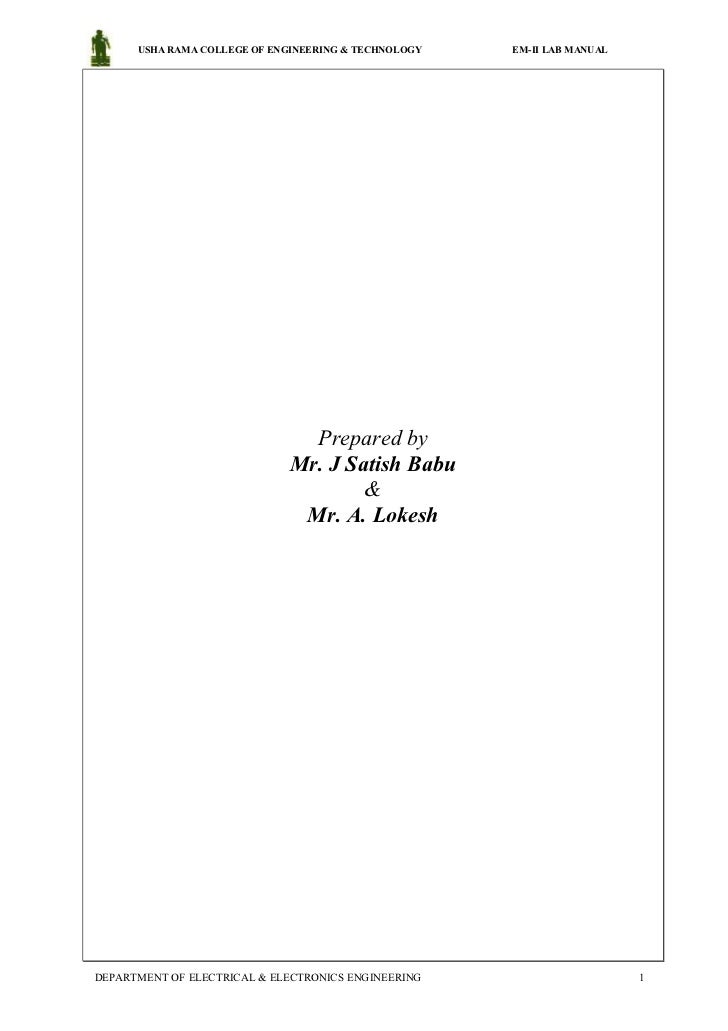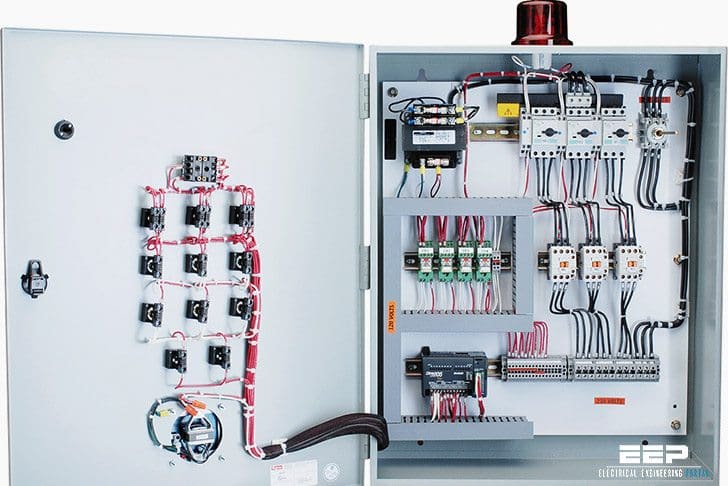Electrical Wiring Lab Manual Diploma Students
Electrical Lab Manual Diploma Students ELECTRICAL WIRING. LAB MANUAL FOR. If you wish to have a very destination search and ELECTRICAL LAB MANUAL DIPLOMA STUDENTS. Here is a lab manual for diploma in electrical engineering as per GTU syllabus. Document for Electrical Wiring Lab Manual Diploma Students is available in various format such as PDF, DOC and ePUB which you can directly download.
This is an 11- or 12-digit number stamped into metal directly on your engine.  - You must use the engine Model, Type and Trim with dashes, e.g.
- You must use the engine Model, Type and Trim with dashes, e.g.
Program Overview The Electrical Systems Technology program provides training in the fundamentals of an electrical trade. Classroom and laboratory experiences enable the student to become proficient in installation & maintenance of electrical wiring, transformers: A/C and D/C motor control circuit, instrumentation and programmable logic controllers used in residential, commercial, and industrial applications. Students interested in the Electrical System Technology curriculum will be provided training in targeted areas geared to student involvement in installation and the maintenance of electrical systems found in residential, commercial and industrial facilities. Minimum Program Length: 4 Semesters Estimated Program Cost: $6,902 Entrance Requirements Admissions Requirements. Must be 16 years of age. Completion of high school or GED and submission of official transcript required to apply. Achievement of minimum program admission scores in Reading, English, and Math.
Transfer of previous post secondary credits will be determined by the registrar. Student Performance/Graduation Requirements: Students must maintain a 2.0 grade point average and complete all required courses to graduate. At a Glance Contact: Ms.
Sheba Stepps, Instructor Email: Direct: 404.225.4006 Course Overview.
Aim: To measure power in a single phase AC circuit using wattmeter by RLC loading. APPARTUS REQUIRED: SL.No Name of the Apparatus Range / Type Quantity 1 Voltmeter (0-300V) MI 1 No. 2 Ammeter (0-10A) MI 1 No. 3 Wattmeter 300V,10A,LPF 1 No.
4 RLC Load 5kW 1 No. 5 Connecting Wires 1/18 SWG As per requirement THEORY: Power in an electric circuit can be measured using a wattmeter. A wattmeter consists of two coils, namely current coil and pressure coil or potential coil. The current coil is marked as ML and pressure coil is marked as CV.



The current coil measure the quantity that is proportional to the current in the circuit the pressure coil measures quantity that is proportional to the voltage in the circuit. The given wattmeter is loaded by direct loading. The ammeter is connected in series to the wattmeter. Since the same current flows in both the coils, the current and voltage across the circuit are constant. The power consumed by the load is measured using the wattmeter and calculated using the relation given below. = Actual Power / Apparent Power PROCEDURE: 1.
Connect the circuit as shown in the circuit diagram. Initially no load is applied. Autotransformer is set to minimum voltage position before switching on the power supply. Set the rated voltage by using the autot ransformer. Measure and record t he values of voltmeter, ammeter and wattmeter on no load condition. Also carefully note the multiplication factor of the wattmeter that is mentioned in the wattmeter itself.
Apply t he load by adjusting RLC load. Measure and record the values of voltm eter, ammeter and wattmeter. Repeat the steps 5 and 6 until the ammeter reading reaches 10A. After taking all the readings, reduce the load slowly to the minimum and bring the voltage to minimum in the autotransformer. Switch off the power supply. Calculated the Indicated po wer by the given formula.
Electrical Wiring Lab Manual Diploma Students Scholarships
Calculate the power factor by the gi ven formula.